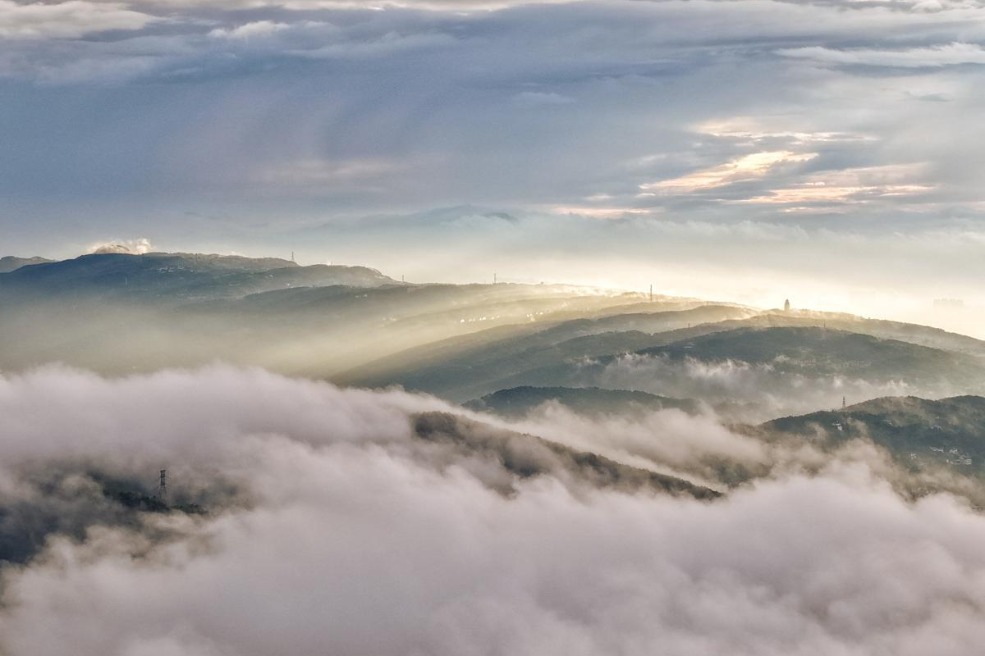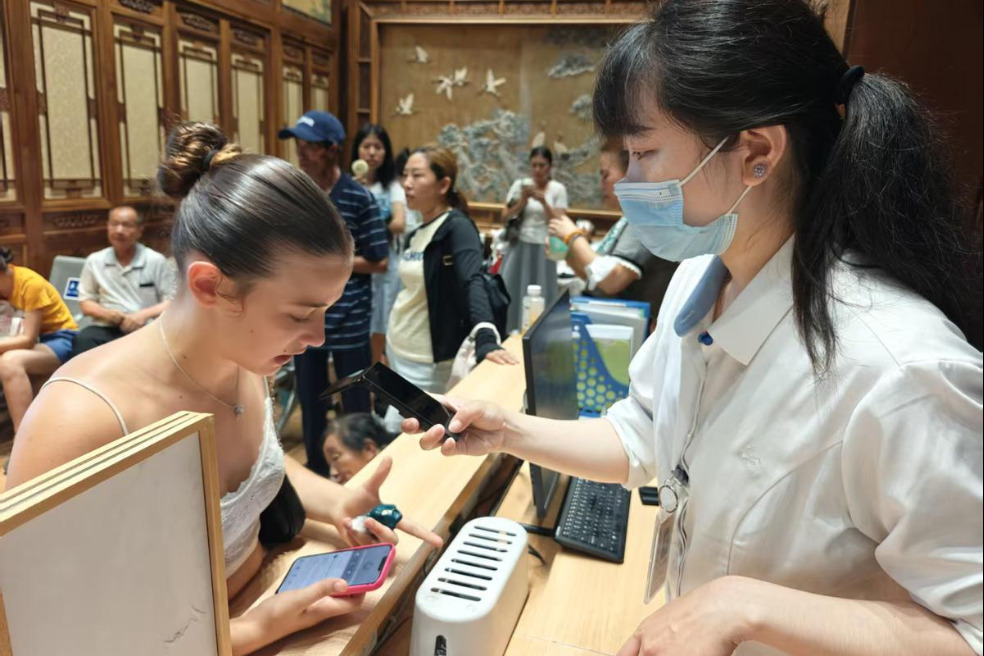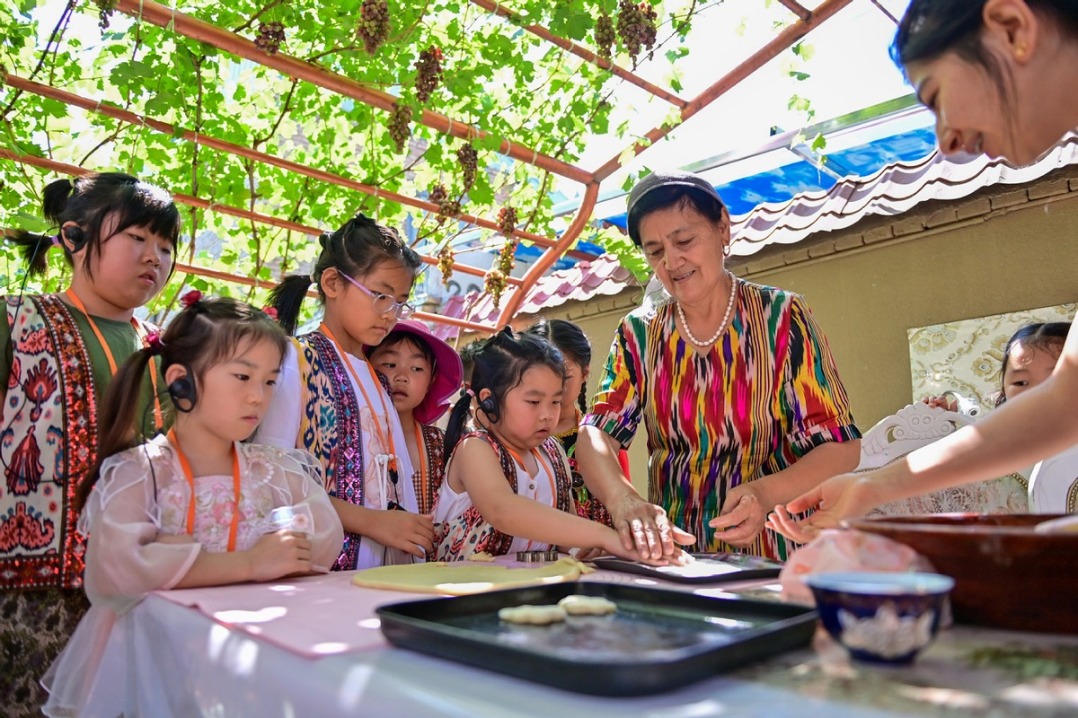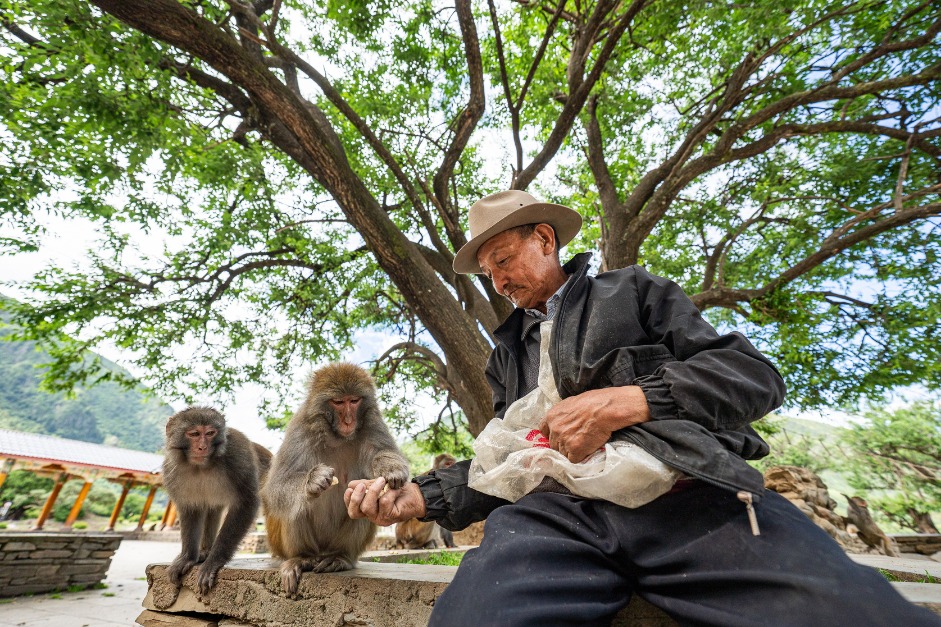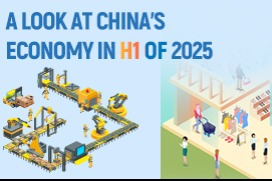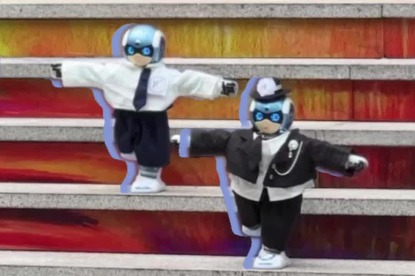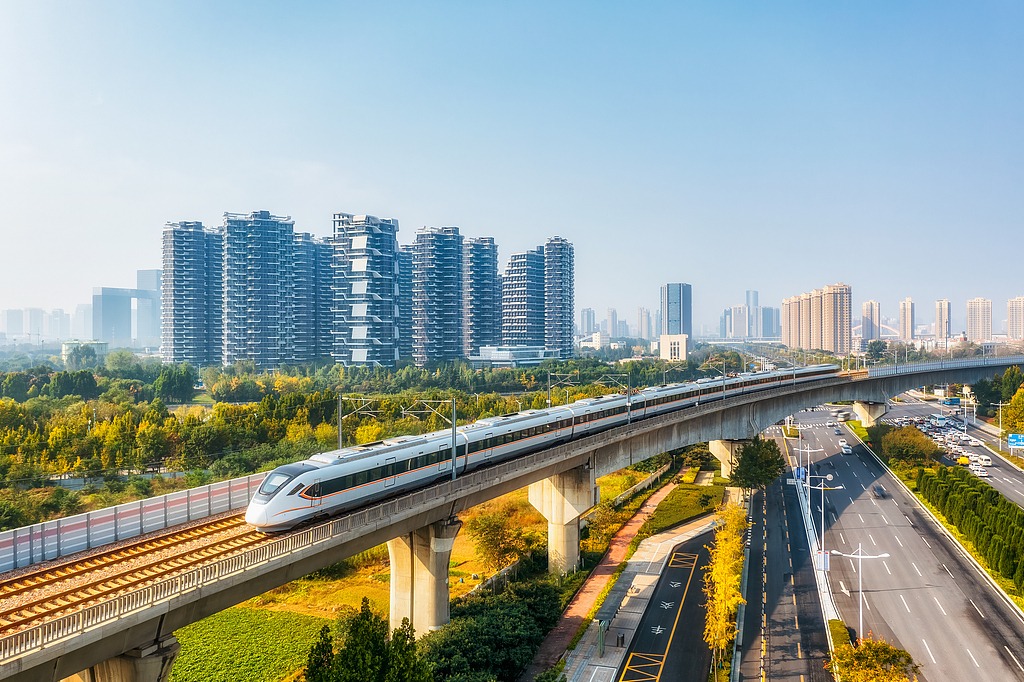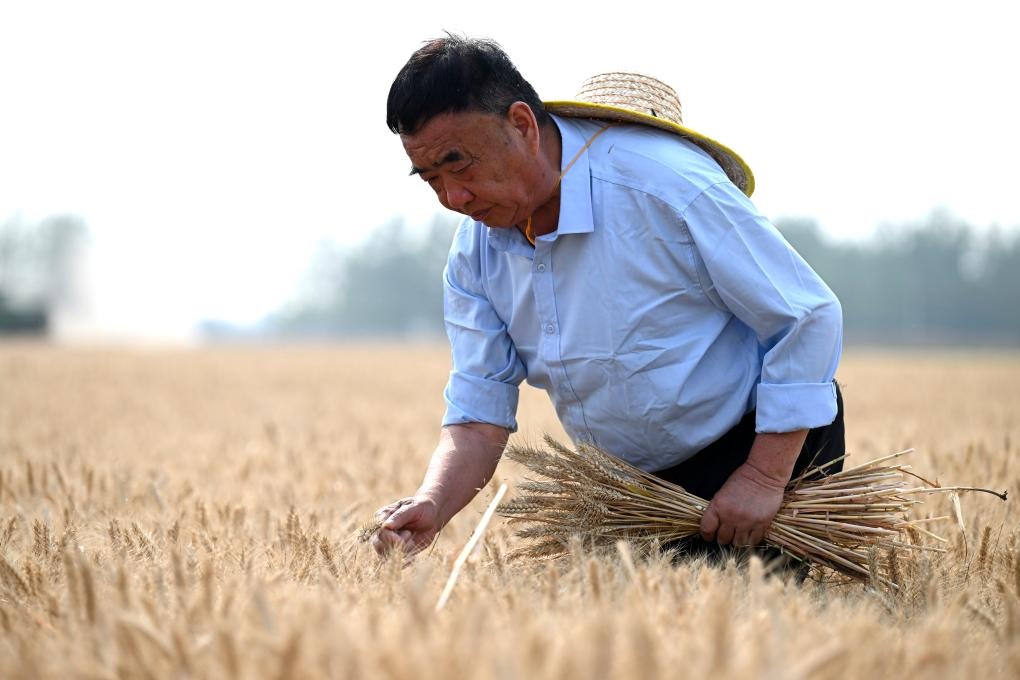Tradition and the individual talent

Since the Hong Kong SAR government’s art tech campaign took off two years ago, artists are revisiting traditional forms, and cultural concepts, through the lens of avant-garde technology. Chitralekha Basu reports.
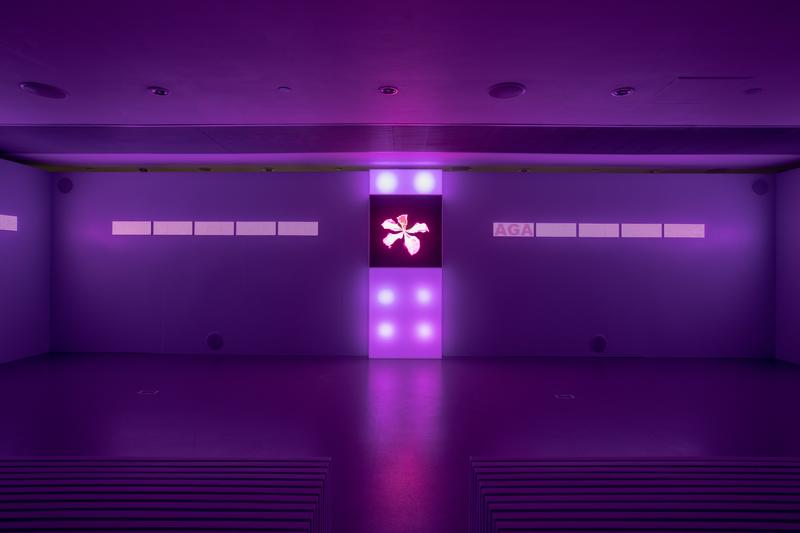
The Great Wall of China starts moving like a train. The seventh century BC architectural marvel spanning roughly 21,000 kilometers and designed to serve as a buffer against invasion from the north can be seen in its animated avatar by scanning a QR code. The hills and valleys are also in motion, albeit at a slower speed. It’s like watching a never-ending scroll painting unfurl.
Xaviour Leung and Leo Yau designed this AR experience based on Li Siu-fung’s ink-on-paper work, The Great Wall, winner of a 2022 UOB Art in Ink Award. The co-founders of multimedia production company Number2 say the idea was to give the artist’s vision an extended life in the digital world, and audiences “a new way of appreciating art, as if they were traveling across different media”. The wall and the natural landscape in the painting were animated at varying speeds to highlight the dynamic between two distinct entities.
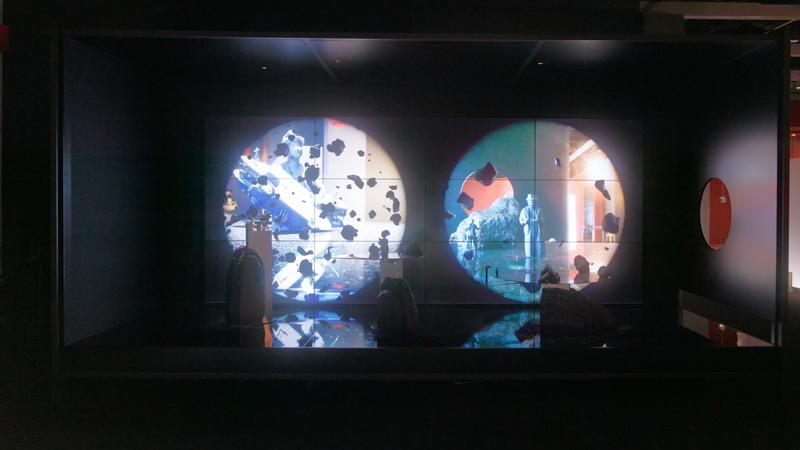
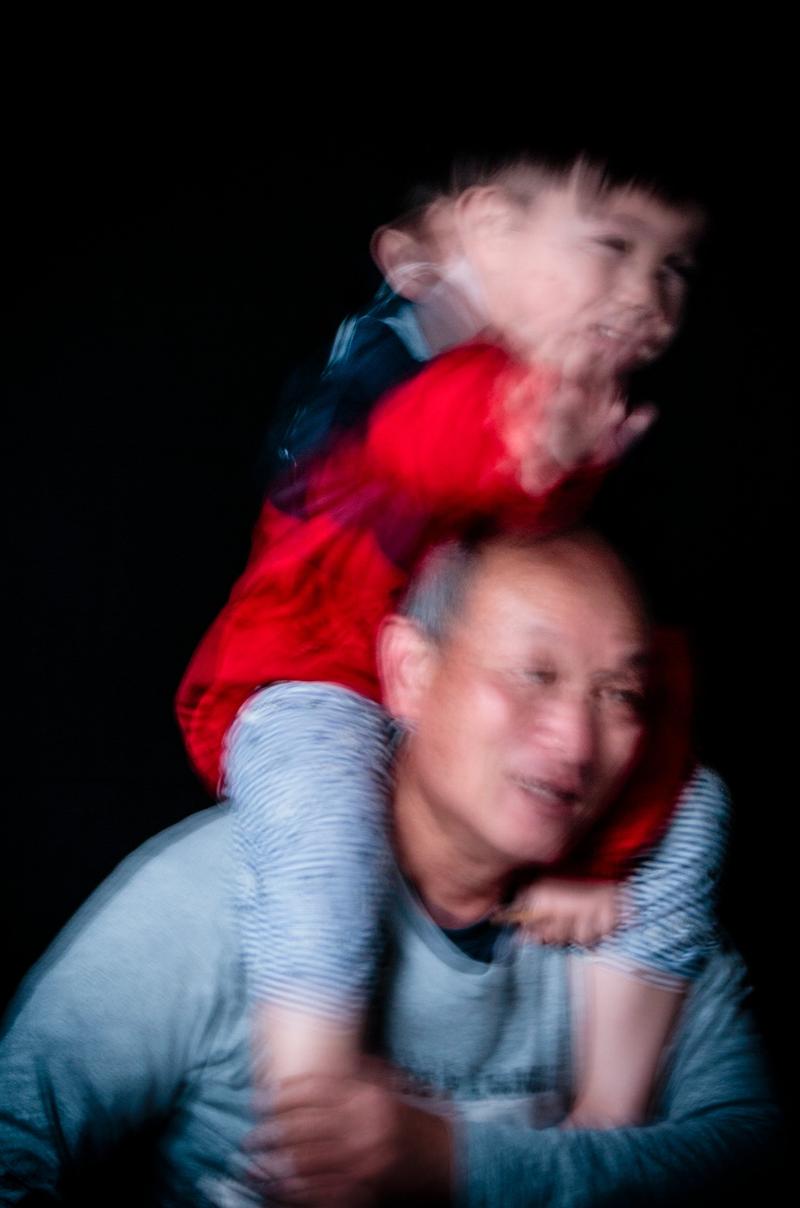
Back to the future
Pairing ancient heritage and new technology is beginning to look like a trend. As more artists pick their tools from a box of applied science that’s growing increasingly sophisticated by the day — or seek out collaborators who know how best to use them — many are turning to ancient history and heritage for inspiration. The Hong Kong Palace Museum — where Li’s painting is on show as part of the Art in Ink Festival — has dedicated Gallery 7 to new media artists revisiting the treasures of ancient Chinese culture through the lens of avant-garde technology.
Chris Cheung, for instance, has used machine learning to memorialize “the disappearing aesthetic of Chinese calligraphy” in his Waving Script. In it a robotic arm taught on a dataset based on Yuan Dynasty scholar Deng Wenyuan’s (1258-1359) text, Jijiuzhang, uses a red ribbon to trace the characters in the air. Not too far away stands Hung Keung’s Visualizing the Universe Through a Thousand Things, giving shape and form to ideas borrowed from ancient Chinese art theory, including yi da guan xiao (seeing the small through the large).
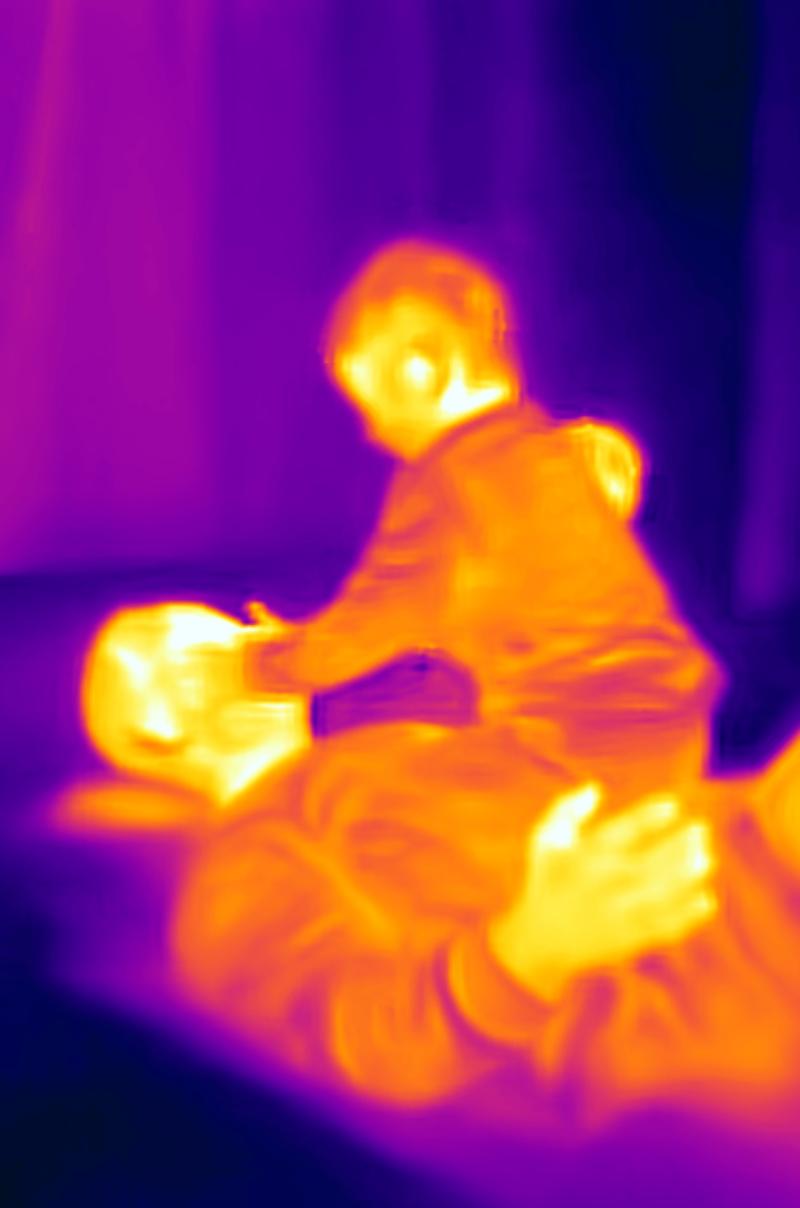
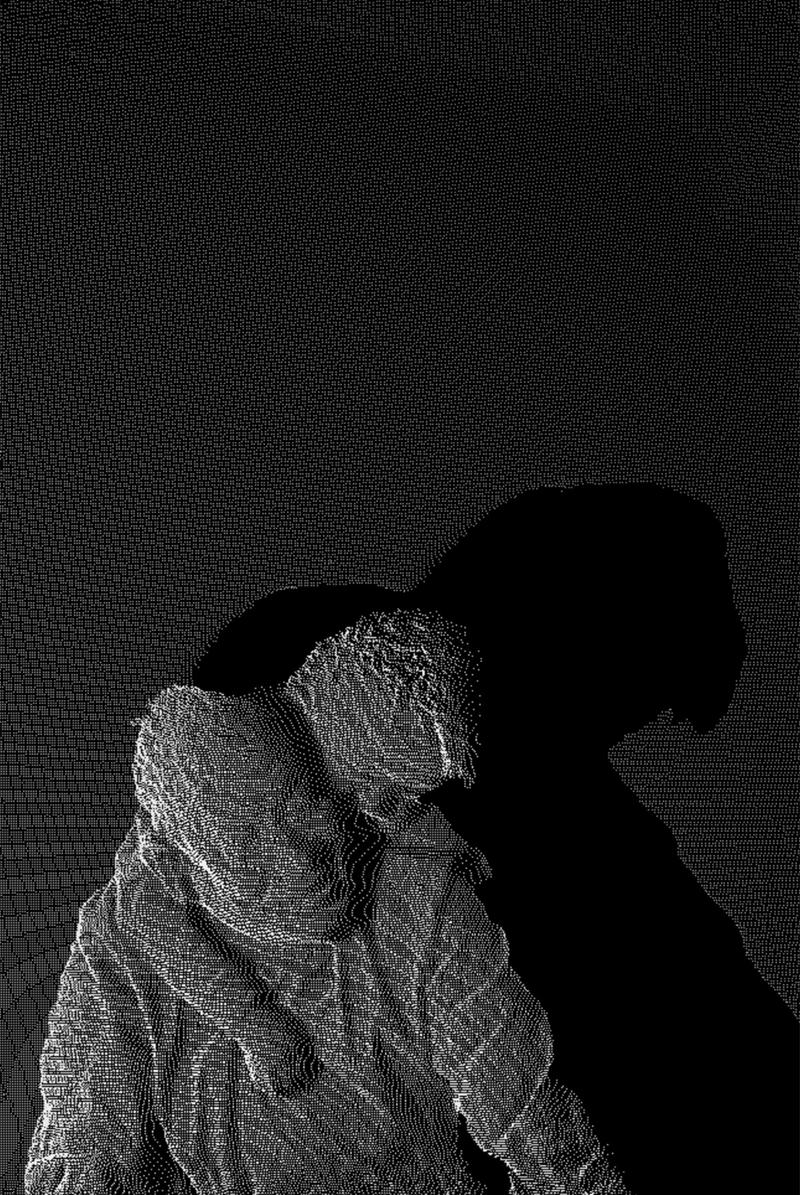
A combination of physical objects and real-time video streaming, the installation does look like a universe unto itself. Several miniature 3D-printed figures modeled after the artist appear to be traveling across a cosmic space in which rocks fly, boats capsize and vehicles collide. Placed on three rotating discs erected at different heights, the sculptures, and the viewers gathered around them, are continuously filmed by cameras, also rotating, though not at the same speed.
The piece plays on the viewer’s sense of anticipation.
“The objects, and viewers, can appear in more than 10,000 different combinations on the screen,” says Hung. “There is no predicting the moment when all three discs will be back in that same configuration.”
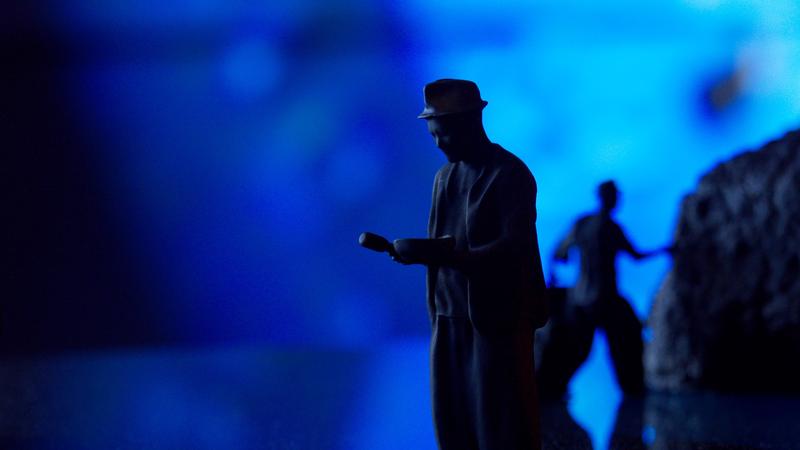
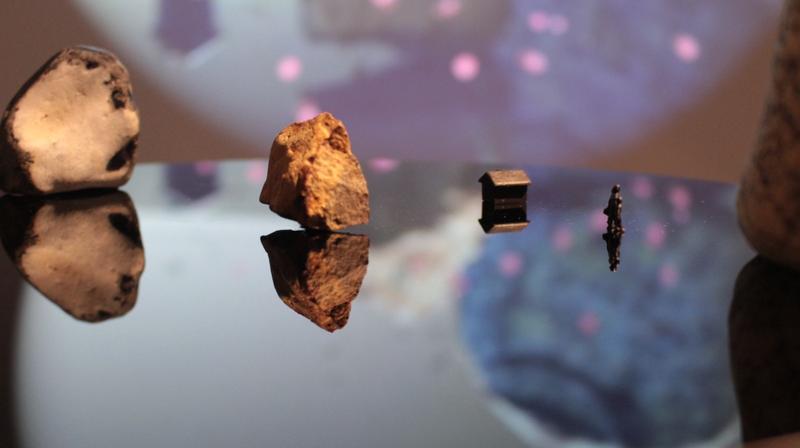
Contrary to appearance, Visualizing the Universe is not based on the principles of probability. “While the experience might appear unique to each viewer, it’s part of a program that will repeat eventually. Things can look more uncertain and arbitrary from up, close. Stepping back helps one to see the bigger picture,” the artist elucidates.
Ancient Chinese philosophy figures prominently in the works of Ellen Pau. She has combined data from 2021 genome research on the city’s emblematic flower, Bauhinia blakeana, with ideas from I Ching in F10ra 0, for Hong Kong Design Institute’s Hylozoism exhibition. The ancient Chinese divination text from the Western Zhou period (1046-771 BC) explains the archetypes of nature in terms of binaries. The genetic code of the flower’s protein sequence is arranged in the form of dyadic groups of binary numbers and matrix representations, as per the I Ching model and the DNA files translated into audio.

The result is a staggering audiovisual sculpture made up of digital screens arranged like a cross inside a dark, empty room, emitting sounds that wouldn’t be out of place in a supernatural thriller.
Pau says she chose a grand piano for the playback, after trying out a few other instruments. “I wanted the rendition to be based on a data set, untouched by any intervention or altered by anyone’s aesthetic taste or for pleasure,” she says. “I understand that it can sound eerie, but I was not expecting a melodic or rhythmic score.”
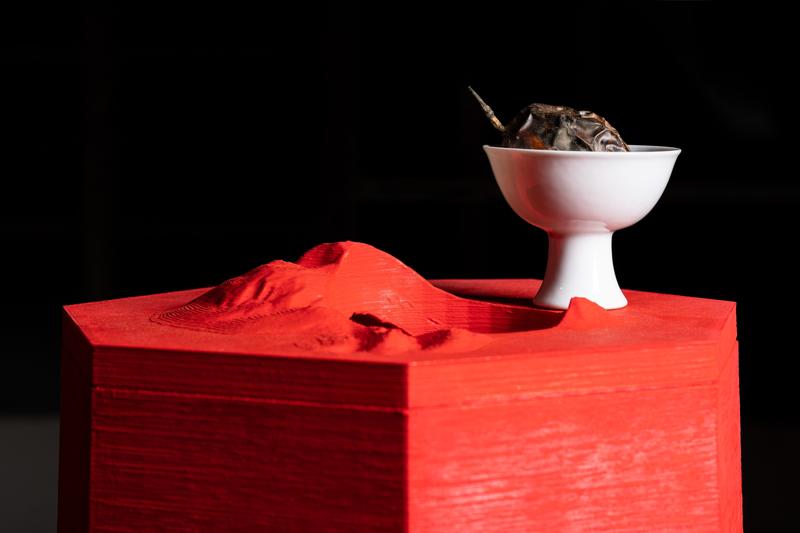
Caretakers of histories
Might there be a reason why artists using the newest technologies are often finding their inspiration, and even their subjects, in the past?
Peter Nelson, an artist who teaches at the Academy of Visual Arts at Hong Kong Baptist University, has spliced his own Taoist-style ink paintings of trees with machine learning-generated drawings of the same to create a series of images called treeGAN, now showing at Osage Gallery. Artists turning into “experts in a particular approach from the past” isn’t exactly new, he reminds us.
“What I like is artists becoming experts in unexpected historical subjects,” Nelson continues. “They become caretakers of those histories, using them to help the rest of us interpret the present.”

Samson Young’s recently concluded exhibition at Kiang Malingue, Music for selective hearing, or assisted living, serves a similar purpose. The show alludes to the history of prejudice against mental illness and homosexuality even as it calls into question the impact of ambient noise on the human psyche. Young composed a hauntingly mournful score for viola, (synthesized) glass harmonica and triangle — instruments perceived as harmful to the hearer’s mental state in 18th century Europe. The highlight of the show is a video projection in which Young’s collaborator, violist William Lane, is seen “playing” the piece on the composer’s forearm.
Ever since former Hong Kong chief executive Carrie Lam Cheng Yuet-ngor announced a generous HK$100 million ($12.8 million) grant to support art tech (technology-backed art projects), as part of her 2020 Policy Address, and benefactors like the Hong Kong Jockey Club threw in their lot with the government to sponsor such programs, there has been a rush to get on the gravy train.
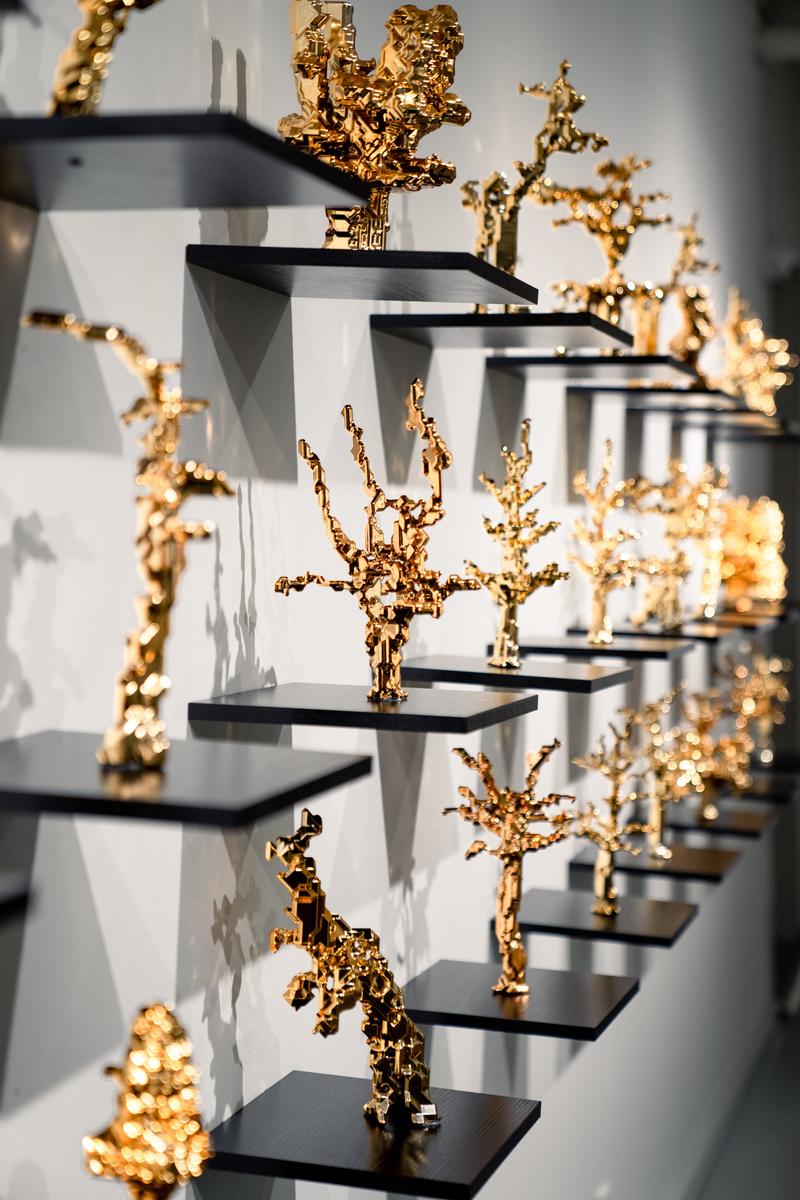
Young, who represented Hong Kong at the 2017 Venice Biennale, seems to be going the other way. “This exhibition is more personal — and perhaps more ‘physical’ — than some of my other works, especially the digital and animation-heavy pieces I created between 2018 and 2020,” says the artist.
Instead, the focus is on pre-digital, sometimes rudimentary, technologies. Young’s Columns of air — three 3D-printed pillars with internal fans whirring at different speeds — is a throwback to a prototype of James K. Buckwalter’s 1961 sound conditioner machine, the original white-noise maker.

When tech isn’t digital
The noise generated by big-time sponsorships and publicity of art-tech projects over the last two years — not forgetting current Hong Kong Chief Executive John Lee Ka-chiu picking up Lam’s baton with the promise to develop the East Kowloon Cultural Centre into an “Arts + Tech” hub, in his maiden Policy Address in October 2022 — can drown out the fact that tech need not be about digital. The Art Machines Past/Present exhibition hosted by the City University of Hong Kong a year ago illustrated with examples from history that the use of tech in art is in fact nearly as old as art itself.
Law Wai-lam, a graduate of the university’s School of Creative Media, paid homage to the craft of analog photography in Syndéseis, his piece at the school’s annual showcase held last October. Using long exposures to capture movements taking place between images that the human eye can register, Law hopes to drive home the importance of physical contact between people. “Humans are innately social, and they need social interaction to maintain their physical and mental health,” he says. “If they are able to see the often unseen side of physical human interactions, they can be encouraged to interact in real life too.”
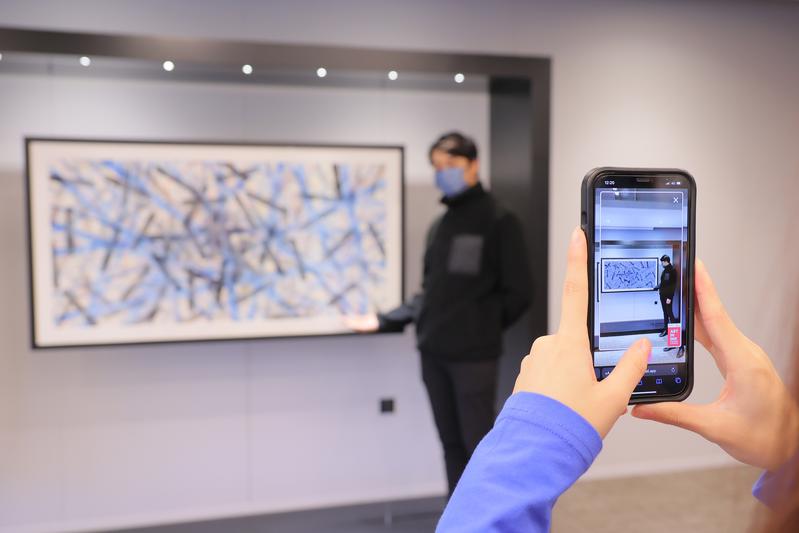
To that end Law has shot the same scenes using infrared thermal imaging and again with 3D depth-sensing cameras, and put all three variations on the theme in a photo book — inviting viewers to enjoy “an intimate experience with the artwork”. While thermal imaging affords a visual representation of warmth, or the lack of it, between people, the visual output of data clouds generated by 3D sensors makes human figures look like a relief work cast in cement. It’s the blurry, ambiguity of the latter that Law finds particularly “appealing and meaningful”.
Old tools and technologies were also remembered at I Talk Like a River, a sound-based performance piece created by Lam Yip and Law Yuk-mui, staged at Tai Kwun in November. The piece is an attempt to reconstruct the artists’ experiences of the rivers in their respective neighborhoods — Shing Mun River in Sha Tin and Ohori River in Chiba, Japan. The sonic choreography was generated mainly through the sound of water pouring from medical drip bags onto brass plates placed at the bottom of large aluminum basins. The frequency of the drops was adjusted from time to time, creating an orchestral soundscape. The “music” was recorded on a retro portable shoebox tape recorder and played back to the audience, evoking memories of a time before our tech-driven existence.
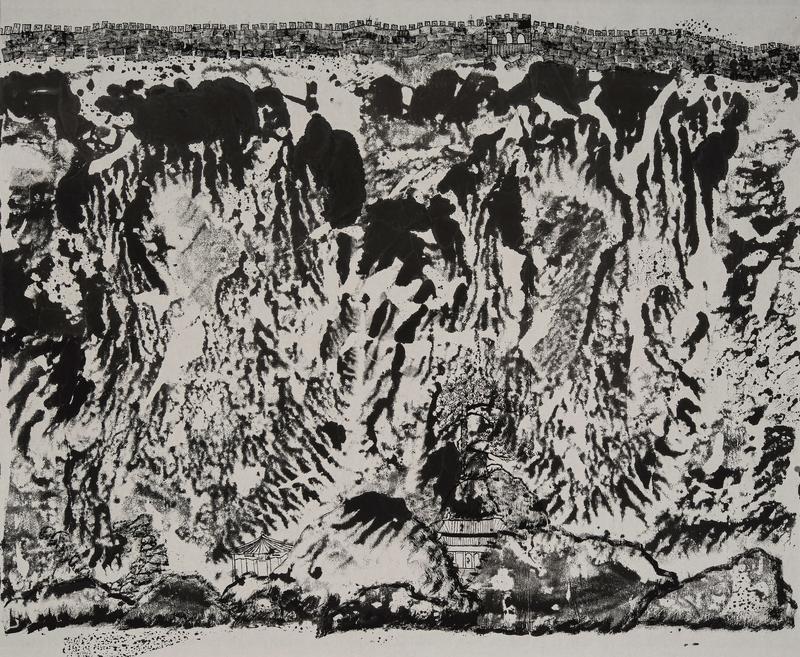
If you go
Art in Ink Festival
Date: Through Dec 30
Venue: Hong Kong Palace Museum, West Kowloon Cultural District
hkpm.org.hk/en/event/art-in-ink-festival
Hylozoism
Date: Through Apr 2
Venue: HKDI Gallery, Hong Kong Design Institute, 3 King Ling Road, Tseung Kwan O
hkdi.edu.hk/hkdi_gallery
- Closed-door seminar highlights China's push for autonomous delivery
- Shanghai district boosts Yangtze Delta integration with 40 new projects
- International award winners among Shanghai audience for World AI Conference
- China proposes global cooperation body on AI
- China shares multi-hazard early warning system globally
- Convention on Wetlands chief praises China's conservation efforts
















